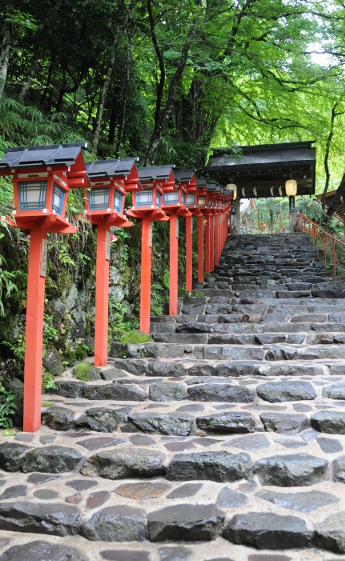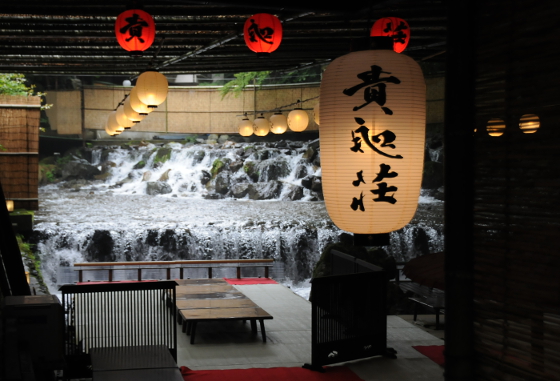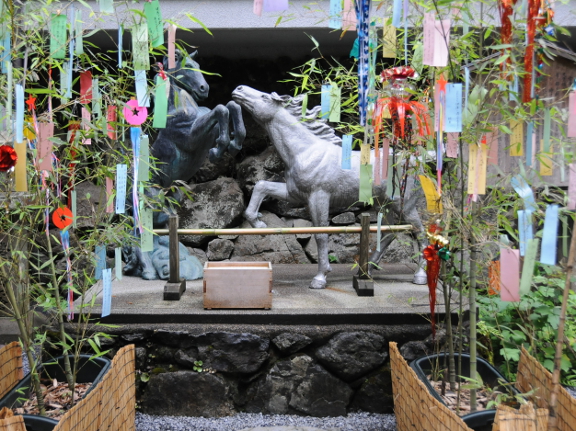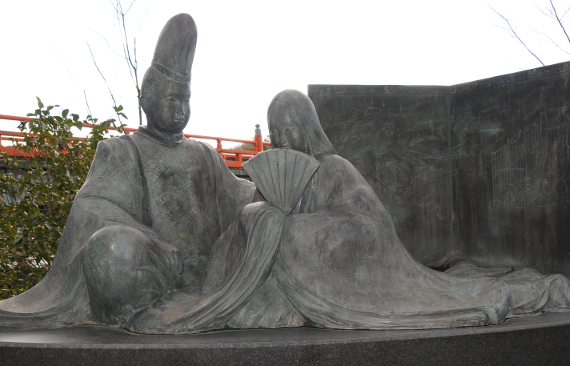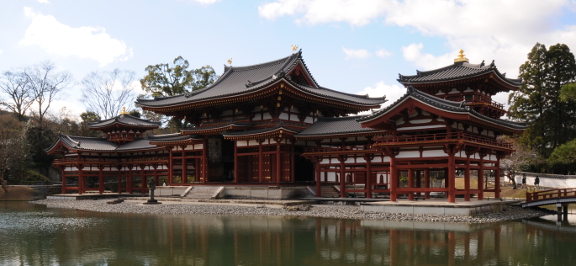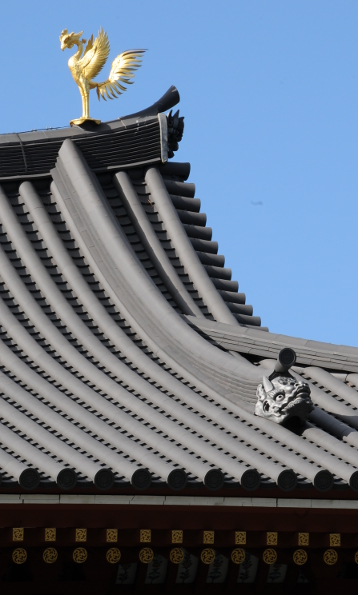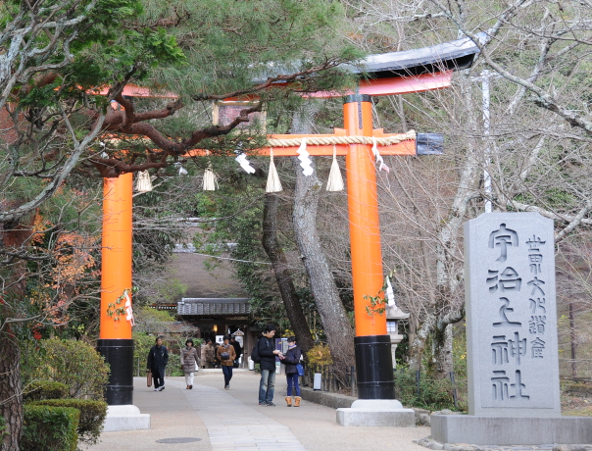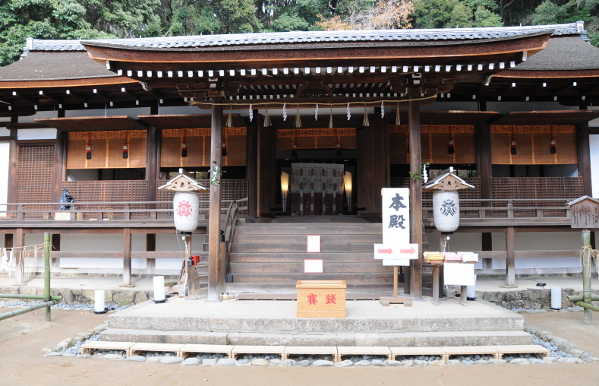I had a great time in Tokyo the last weekend. I went up on Friday afternoon by Shinkansen and went to the embassy’s party. There is a new Austrian embassador (I don’t know how long they hold such a position), and the place was packed. Luckily, the embassador kept his predecessor’s chef (a Japanese trained in Austria) and so all my culinary dreams came true: Schwarzbrot und Liptauer, Schweinsbraten und Serviettenknödel, Sacherschnitte und Schlagobers as dessert. And cheese – a whole table full of glorious Austrian cheese…
It is always a bit difficult going to such events alone with only your introverted self, so I left once they had run out of chocolate cake and cream. There were probably some 250 people at the party, which would be half of the Austrian population in Japan. The party was nice, and I was glad not to be required to sing our national anthem – we listened to a tape recording, as well as to the recording of the Japanese anthem.
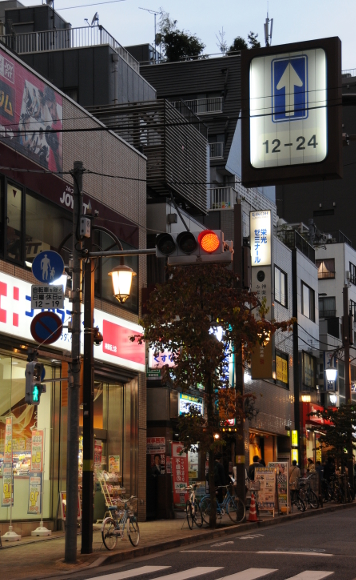 Saturday morning I went to the Imperial gardens. The palace is nearby Tokyo Main Station and it is enormous! Most of the palace is off-limits for visitors of course (except for the emperor’s birthday and New Year’s) but the East Gardens are open almost daily and can be visited for free. This part of the palace is already huge – I got lost several times – but right now, not very interesting, because it is too late for flowers and too early for the momiji. I also noticed that although the roads were asphalted and wide enough for two cars to pass each other, there were hardly any benches to sit down and enjoy the view. I wonder if it is allowed to sit on the ground and have a picnic – but since these gardens are called “the emperor’s private gardens”, I don’t think many Japanese would dare step on the lawn in any case.
Saturday morning I went to the Imperial gardens. The palace is nearby Tokyo Main Station and it is enormous! Most of the palace is off-limits for visitors of course (except for the emperor’s birthday and New Year’s) but the East Gardens are open almost daily and can be visited for free. This part of the palace is already huge – I got lost several times – but right now, not very interesting, because it is too late for flowers and too early for the momiji. I also noticed that although the roads were asphalted and wide enough for two cars to pass each other, there were hardly any benches to sit down and enjoy the view. I wonder if it is allowed to sit on the ground and have a picnic – but since these gardens are called “the emperor’s private gardens”, I don’t think many Japanese would dare step on the lawn in any case.
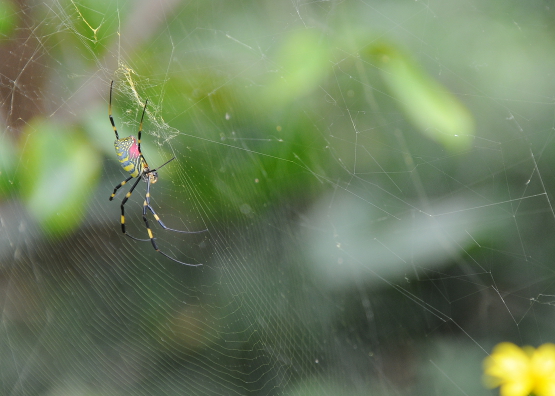 Afterwards, I went to the science museum nearby, but I was a bit disappointed. It was geared towards kids – not a bad thing as such – but still felt a bit sterile somehow. The fact that everything inside was labeled and explained only in Japanese did not really help my enthusiasm either. They did have a nice section on light and aurorae though.
Afterwards, I went to the science museum nearby, but I was a bit disappointed. It was geared towards kids – not a bad thing as such – but still felt a bit sterile somehow. The fact that everything inside was labeled and explained only in Japanese did not really help my enthusiasm either. They did have a nice section on light and aurorae though.
 In the afternoon I met a friend at nearby Yasukuni Shrine, and we took a stroll around its grounds. It is the shrine where Japanese war heroes are worshipped – plus some of Japan’s war criminals as well, a sensitive topic with Korea and China especially. My friend says Yasukuni shine is a popular place for hatsumode – the first shrine visit of the year – and the shrine is crowded and has almost a matsuri feeling at that time. Since we wanted to have fun, we did not visit the war museum located at the shrine grounds, but there you can see one of the planes that were used for kamikaze attacks, if you are interested.
In the afternoon I met a friend at nearby Yasukuni Shrine, and we took a stroll around its grounds. It is the shrine where Japanese war heroes are worshipped – plus some of Japan’s war criminals as well, a sensitive topic with Korea and China especially. My friend says Yasukuni shine is a popular place for hatsumode – the first shrine visit of the year – and the shrine is crowded and has almost a matsuri feeling at that time. Since we wanted to have fun, we did not visit the war museum located at the shrine grounds, but there you can see one of the planes that were used for kamikaze attacks, if you are interested.
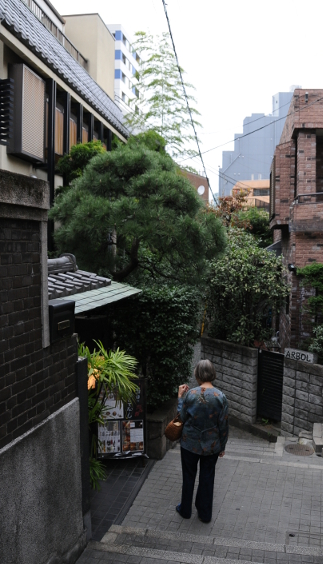 Instead, we took a taxi to Kagurazaka, an area of Shinjuku with many little shops, small cafes and old houses. We took a walk around the small backstreets there, and I almost had the impression of being back in Kyoto. We also visited the local Zenkokuji temple and the Akagi shrine, which is now a very modern compound situated on top of a two-story parking garage for the apartment building next door. It does sound odd, but the place still has a good, almost organic feeling to it – the modernisation was well done.
Instead, we took a taxi to Kagurazaka, an area of Shinjuku with many little shops, small cafes and old houses. We took a walk around the small backstreets there, and I almost had the impression of being back in Kyoto. We also visited the local Zenkokuji temple and the Akagi shrine, which is now a very modern compound situated on top of a two-story parking garage for the apartment building next door. It does sound odd, but the place still has a good, almost organic feeling to it – the modernisation was well done.
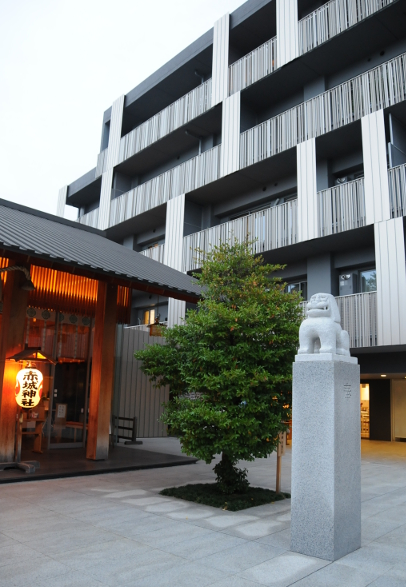 I went home in the early evening. This time I did not buy a traditional ekiben, but rather two western type sandwiches from a cafe in Kagurazaka we stopped by. My omiyage are more traditional though: A pack of Tokyo bananas, a small, very soft cake filled with banana custard and shaped like a banana – a real treat if you ask me!
I went home in the early evening. This time I did not buy a traditional ekiben, but rather two western type sandwiches from a cafe in Kagurazaka we stopped by. My omiyage are more traditional though: A pack of Tokyo bananas, a small, very soft cake filled with banana custard and shaped like a banana – a real treat if you ask me!

